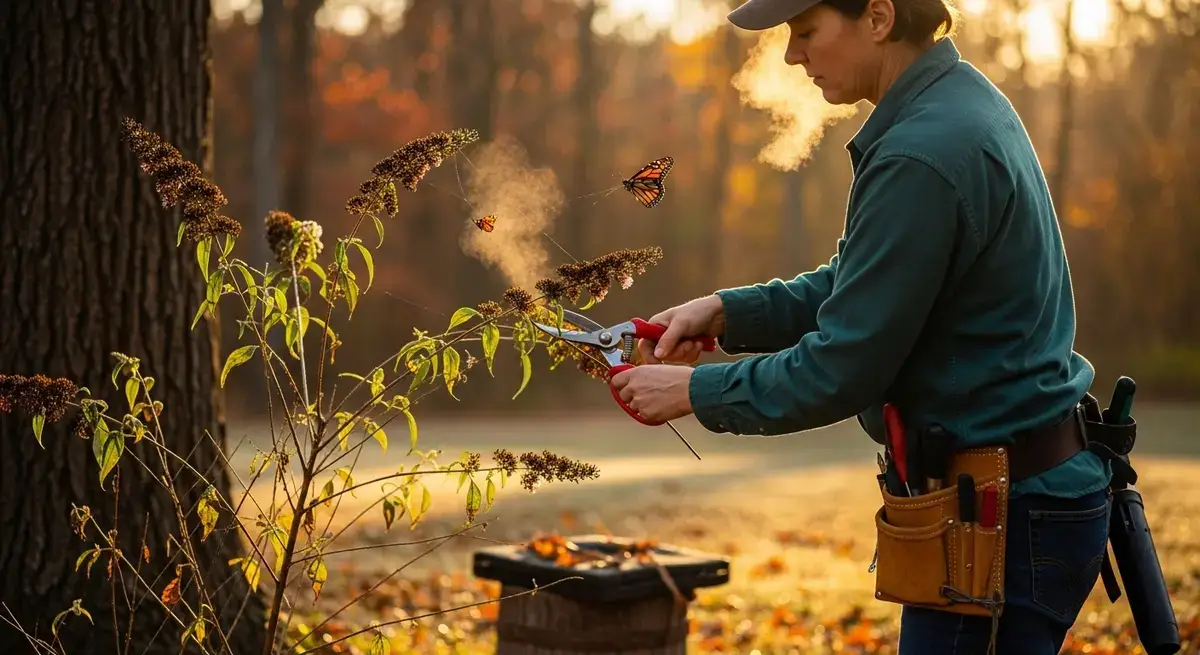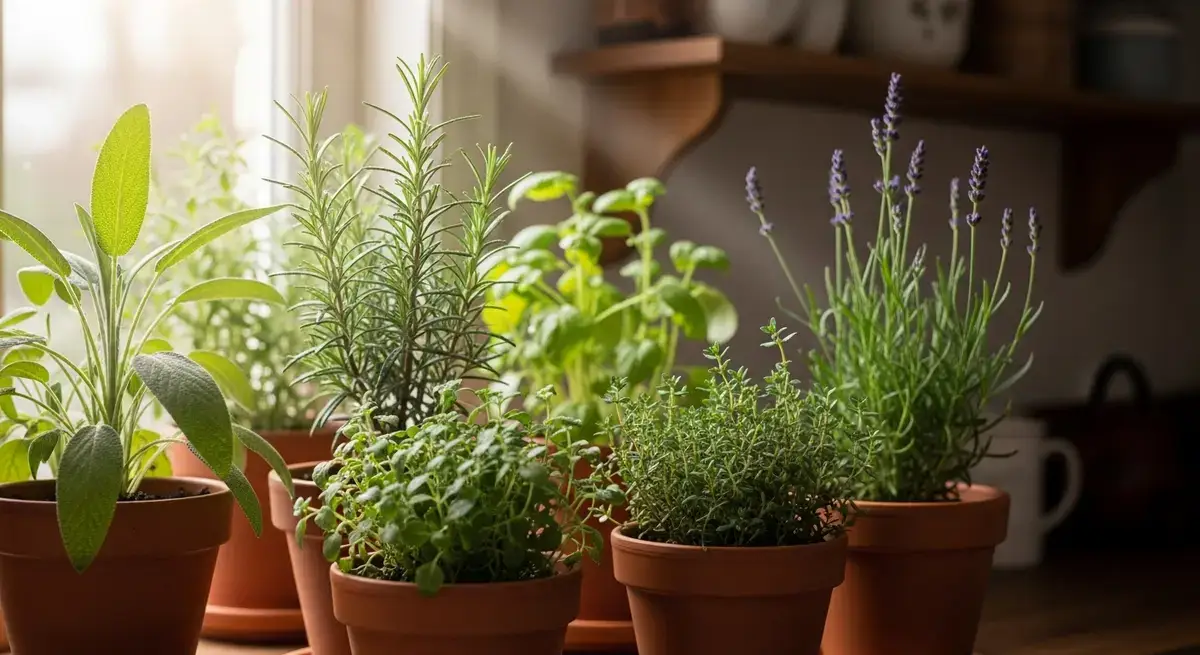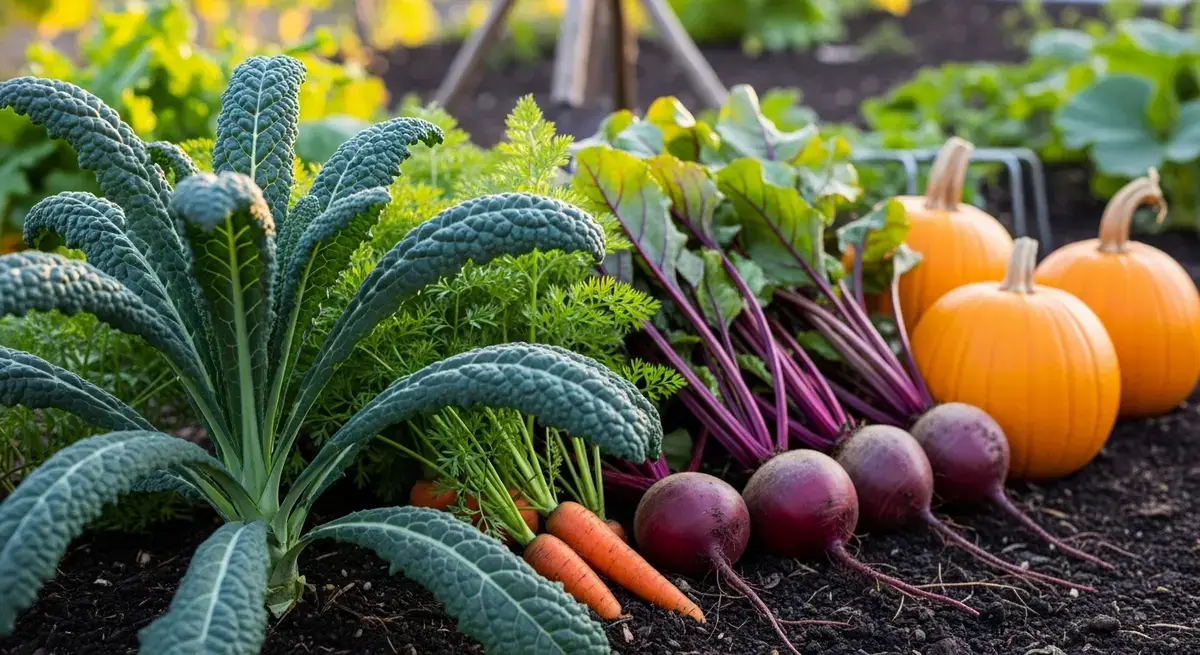
A simple guide to composting your fall leaves
Turn your fall leaves into nutrient-rich compost to boost your garden naturally! Learn eco-friendly tips for shredding, balancing greens and browns, and speeding up decomposition for healthier soil.
Turn Your Fall Leaves Into Garden Gold: The Ultimate Composting Guide
Composting your autumn leaves isn’t just a seasonal chore—it’s a powerful way to nurture your garden and protect the environment. By transforming those fallen leaves into rich, dark compost—often called "black gold"—you’re giving your soil a natural boost while cutting down on waste. Let’s walk through how you can easily turn your leaves into a valuable resource for your garden.
Why Composting Fall Leaves Makes a Real Difference
How Leaf Disposal Impacts the Environment
Every year, millions of tons of leaves end up in landfills, where they contribute to pollution and release greenhouse gases. Instead of throwing your leaves away, composting offers a sustainable solution that enriches your soil and reduces environmental harm. This simple practice diverts organic waste from landfills and fosters a healthier garden ecosystem.
The Nutrient Power of Leaf Mold Compost
Leaf mold compost is made from decomposed leaves and is packed with nutrients vital for your plants. It improves soil texture, boosts moisture retention, and supports beneficial microbes that keep your garden thriving. Unlike chemical fertilizers, leaf mold feeds your garden naturally and slowly, making it a perfect choice for organic gardening enthusiasts.
How to Compost Your Fall Leaves Like a Pro
Getting Your Leaves Ready for Composting
Start by collecting dry, healthy leaves free of disease—this ensures your compost stays clean and effective. Shredding the leaves into smaller pieces speeds up decomposition, helping you get nutrient-rich compost faster.
Choosing the Best Composting Method for You
There are several ways to compost leaves, so pick what fits your space and lifestyle:
- Wire cages and bins: Great for airflow and easy maintenance.
- Garbage bags with air holes: Perfect for small spaces and simple setups.
- Compost bins and tumblers: Contained systems that make turning and managing compost a breeze.
Finding the Perfect Mix: Browns and Greens
Balancing carbon-rich “browns” (like leaves) with nitrogen-rich “greens” (such as kitchen scraps) is key. Aim for about three parts browns to one part greens to keep your compost healthy and active. Adding materials like aged vegetable plants or manure further enriches your mix.
What to Expect: The Composting Timeline
How Long Does Leaf Decomposition Take?
Leaves typically take six months to a year to fully break down into compost. Factors like temperature, moisture, and the type of leaves influence how quickly this happens. Warmer weather and regularly turning your pile will speed up the process.
Keeping Your Compost Pile Happy and Healthy
Maintaining the right moisture level is crucial—think damp like a wrung-out sponge. Too dry or too wet, and your compost slows down or smells bad. Regularly turning the pile introduces oxygen, helping microbes do their job efficiently and keeping odors at bay.
Putting Your Finished Compost to Work
Signs Your Compost Is Ready to Use
Your compost is good to go when it looks dark and crumbly and smells earthy and fresh. This transformation usually takes between six months and a year, depending on your conditions.
How to Use Leaf Mold Compost in Your Garden
Spread your finished compost as mulch or mix it into garden beds. Doing so improves soil health, locks in moisture, and delivers vital nutrients to your plants. It’s a natural way to boost your garden’s vitality while supporting sustainable gardening practices.
For more insights on eco-friendly gardening, explore this helpful resource or discover the benefits of organic gardening here.

Nina Roth
Nina teaches that fitness is about long-term health, not just aesthetics. She specializes in improving movement quality, building practical strength, and eliminating chronic pain, helping people feel better and move freely in their daily lives.
More Related Posts

Essential fall pruning for healthier trees and shrubs
Unlock the benefits of fall pruning to boost tree and shrub health, enhance blooms, and prevent disease. Learn the best timing, techniques, and plants for a vibrant, thriving garden year-round.

A simple guide to composting your fall leaves
Turn your fall leaves into nutrient-rich compost to boost your garden naturally! Learn eco-friendly tips for shredding, balancing greens and browns, and speeding up decomposition for healthier soil.

How to create an indoor herb garden for the winter
Create a thriving indoor herb garden this winter with sage, rosemary, and thyme. Boost your cooking, purify your air, and brighten your home with easy indoor herb gardening tips.

The best vegetables to plant for a fall harvest
Maximize your fall garden with cold-hardy veggies like spinach, kale, carrots, and broccoli. Plant late summer for sweeter, pest-resistant crops and a longer harvest season.
